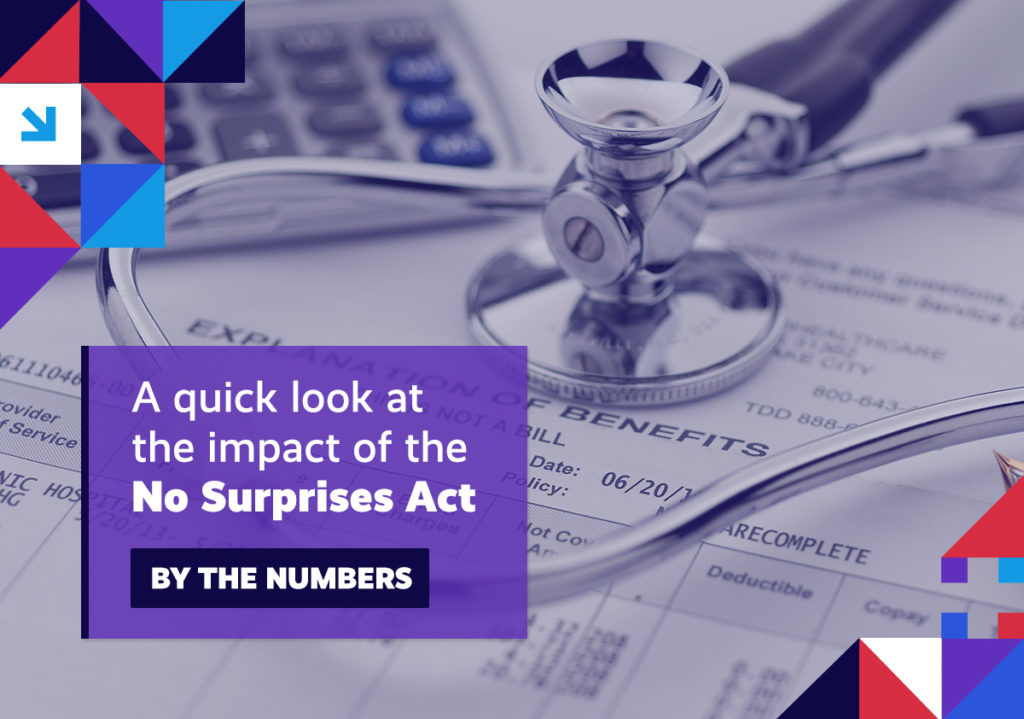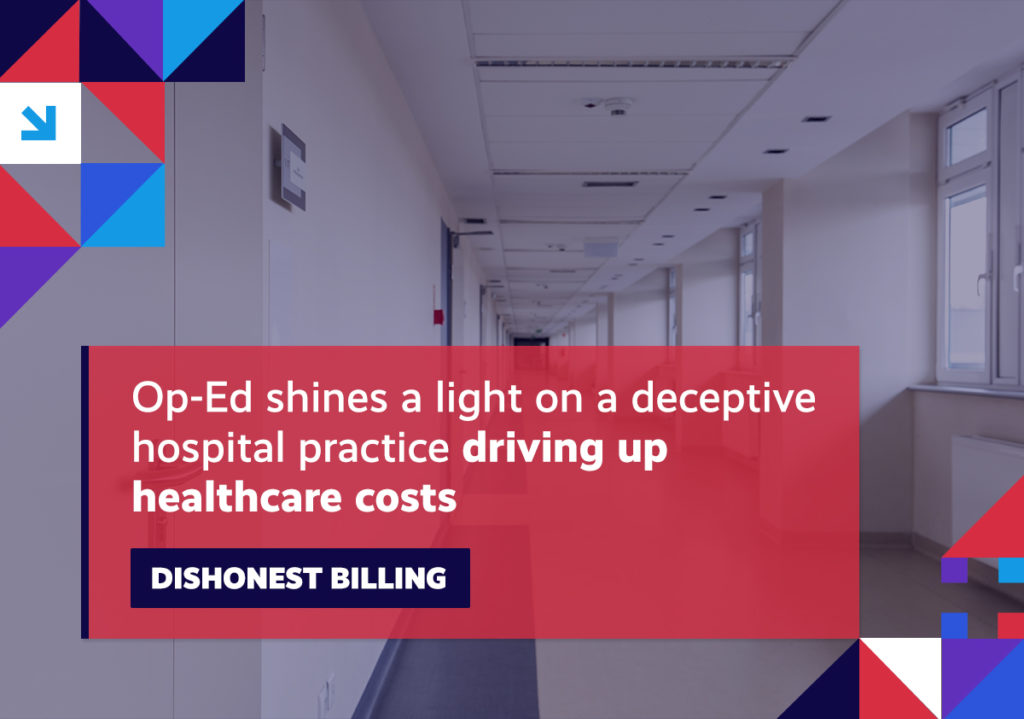A quick roundup of the issues driving the healthcare reform conversation.
Item of the Week

Week in Review
HEALTHCARE PRIORITIES Healthcare issues look to dominate the policy agenda heading into the new legislative calendar.
Quick takeaway: With 2023 underway, it’s expected that many of the same healthcare storylines will continue to consume lawmakers’ energies. Congress has already made clear its intention to focus on a handful of key priorities, including:
- The role that Pharmacy Benefit Managers (PBMs) play in addressing prescription drug costs.
- The drivers of rising healthcare costs and how transparency can help bring down those costs.
- Data privacy standards aimed at protecting people’s health information.
Further context: This focus is largely informed by what these elected officials are hearing from the people who voted them into office, as recent polling indicates a shift in Americans’ priorities, particularly when it comes to healthcare issues.
What it means: While lawmakers are busy mapping out their healthcare agenda, regulators are already hard at work on theirs, with top officials at the nation’s health agencies steering their respective departments towards issues like mental health and addiction treatment, the continued COVID response, and Medicaid redeterminations.
Rx PRICES Drugmakers announce price hikes on hundreds of drugs.
Quick takeaway: As they’ve been doing every January, pharmaceutical companies greeted the New Year by raising prices on at least 350 prescription drugs.
Further context: Stakeholders are quick to draw attention to the increases, noting that they come amidst lawmakers’ growing focus on drug cost reform.
What it means: Last January, drug manufacturers raised prices on nearly 800 drugs by an average of almost 5 percent, followed by mid-year increases to an additional 100 products.
Against this backdrop, a new analysis reminds us that these drugs are already hitting the market bearing astronomically high price tags. According to the research, the annual median price of new drugs approved by the US Food and Drug Administration (FDA) last year was more than $220,000.
SURPRISE MEDICAL BILLS An avalanche of disputed medical bills overwhelm resolution portal.
Quick takeaways: One year since the No Surprises Act (NSA) went into effect, the number of medical bills headed to Independent Dispute Resolution (IDR) far exceeds what had been initially anticipated.
Further context: Federal agencies had estimated that around 17,000 claims would be submitted annually. But, according to an analysis released late last year, at least 275,000 such claims had been submitted via the IDR process through the first three quarters of 2022.
What it means: Between mid-April and the end of September last year, approximately 90,000 disputes were submitted to the IDR portal. According to a federal report, just over one-quarter of those disputes have been considered closed, with 15 percent having reached a payment decision.
Regulators point to the complexity in determining eligibility for the IDR process as being responsible for the logjam. Meanwhile, the data also points to the vast majority of disputes originating from visits to the emergency room (81 percent).

AFFORDABILITY Rising healthcare costs top the list of reasons Americans are delaying care.
Quick takeaway: According to recent survey data, nearly one-third (31 percent) of respondents said they deferred healthcare, while more than a quarter (26 percent) failed to fill a prescription owing to cost concerns.
Further context: National healthcare spending spiked during the height of the ongoing coronavirus pandemic. Despite tapering off, that spending still grew 2.7 percent in 2021 to reach $4.3 trillion, or nearly $13,000 per person.
What it means: All that spending doesn’t translate into better outcomes, with an updated analysis showing that the US has the lowest life expectancy among large, wealthy nations, while drastically outspending them on healthcare.

Spotlight

| You can keep up with the latest by following the Health Action Network on Twitter and by liking us on Facebook. And, be sure to check us out on LinkedIn, too. As always, let us know if there’s something you’d like to see covered in a future newsletter. |
